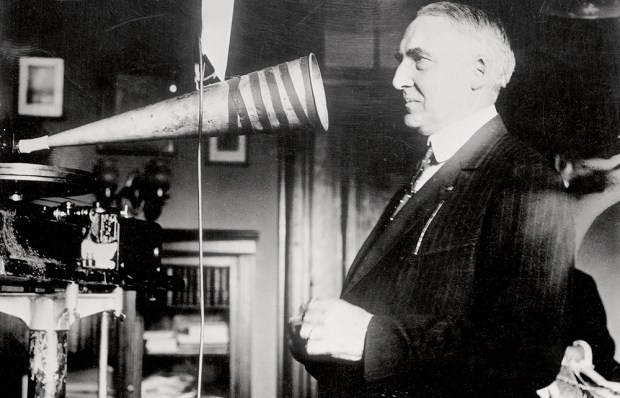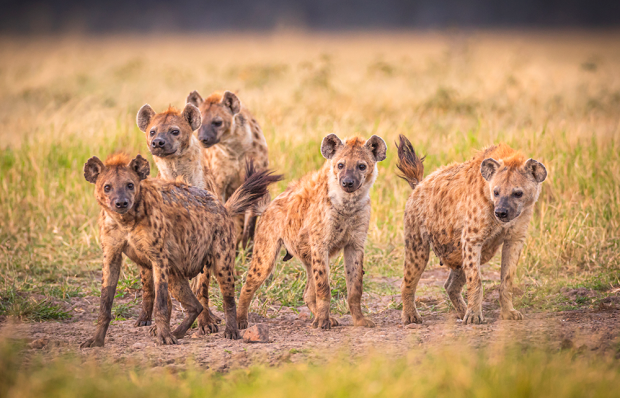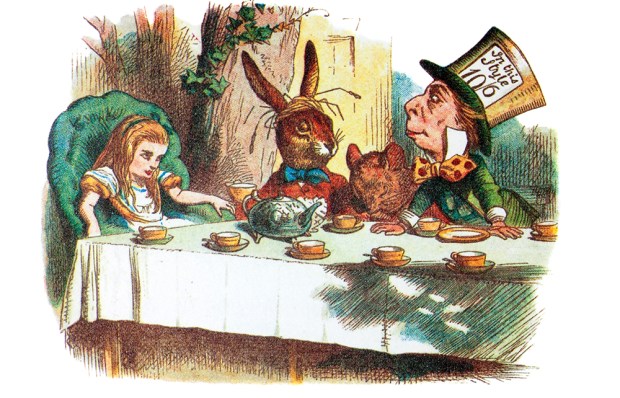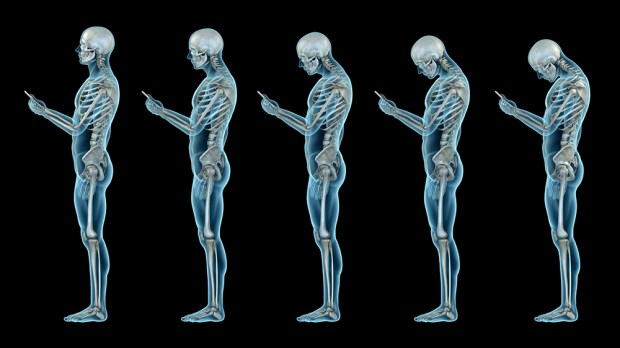‘If there’s one thing I can’t stand,’ said my husband, ‘it’s scented candles.’ Now, we have never knowingly harboured a scented candle in the house. He was merely rebelling against the notion of hygge, named by Collins’ dictionaries as one of the words — English words — of 2016. The motive for naming it may stem from the dictionary wars mounted by rival publishers’ marketing departments, but hygge is indeed everywhere, not least bookshops, where the Christmas shelves offer Hygge, The Book of Hygge, The Little Book of Hygge, How to Hygge, Keep Calm and Hygge, The Cosy Hygge Winter Colouring Book. I’ll stop there.
What does it mean? ‘Cosiness’. It is a noun, pronounced hue-guh with the first vowel resembling that in French vu, then a hard g and an indeterminate vowel after it. The adjective is hyggelig. All those books find attraction in its connotations, said to be essential to being Danish. The appetite to be Danish has never before been so developed, except among Danes. It is even said that the crime serial The Killing conveyed hygge, but, beyond Sofie Gråbøl’s sweaters, I find that unconvincing. (The serial was called Forbrydelsen, ‘crime’, in Danish. The word killing in Danish means ‘kitten’.)
Hygge was borrowed by Danish from Norwegian. There is no related Swedish word. Claims of a link with English hug are baseless, because no one knows where hug, which popped up in Shakespeare’s day, came from.
As for meaning, it has been likened to German Gemütlichkeit, which can convey cosiness, friendliness and belonging, but also exclusion and kitsch. Is hygge linked with the exclusion of foreigners, ask sociolinguists anxiously? Danes are capable of calling a summer cottage Hyggebo, ‘Cosy-cot’. Certainly there is an easy collocation hjemlig hygge, ‘homely hygge’, exemplified by tea and cake with your grandmother by candlelight. Candles suggest darkness and cold outside, glowing warmth indoors. The climate makes hygge very different from the Spanish notion of convivencia, although Carsten Levisen, in his book on Danishness and language, suggests an English translation of hygge as ‘pleasant togetherness’. The problem in English terms is that by the second day of snug Christmas (julehugge) around the television, the growing element is of unpleasant togetherness.
The post Hygge appeared first on The Spectator.
Got something to add? Join the discussion and comment below.
Get 10 issues for just $10
Subscribe to The Spectator Australia today for the next 10 magazine issues, plus full online access, for just $10.
You might disagree with half of it, but you’ll enjoy reading all of it. Try your first month for free, then just $2 a week for the remainder of your first year.














Comments
Don't miss out
Join the conversation with other Spectator Australia readers. Subscribe to leave a comment.
SUBSCRIBEAlready a subscriber? Log in